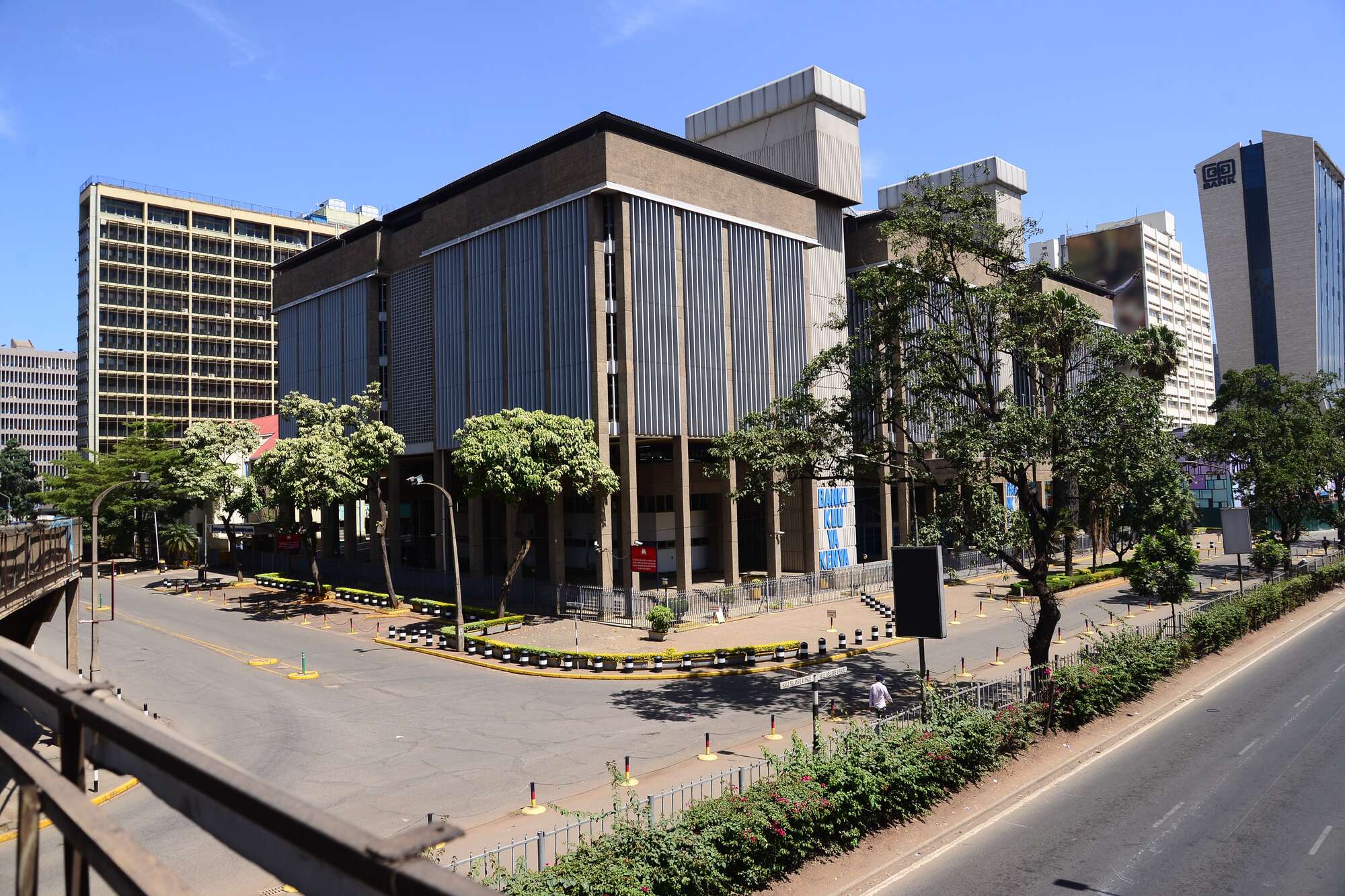
Consumer prices have decreased, while Kenya’s core inflation has remained steady
Core inflation, or inflation that isn’t related to food or fuel, was steady at 3.4% in June despite a notable decline in consumer prices overall, suggesting that underlying pressures related to the cost of living persisted.
Though core inflation was constant throughout that time, overall inflation—also referred to as headline inflation—hit a nearly four-year low of 4.6 percent in June from 5.1 percent in May. Overall inflation takes into account the price of food and gasoline.
Core inflation is considered a crucial indicator of consumer prices since it is less impacted by the short-term fluctuations that are typically seen, especially with commodities like food and gasoline.
The Central Bank of Kenya (CBK), which expressed caution on underlying inflationary pressures even as headline inflation approached the midpoint target of five percent in May, decided to leave its benchmark interest rate unchanged at 13 percent in June. The stickiness of the measure supports this decision.
The MPC stated that it has steadied the exchange rate, anchored inflationary expectations, and reduced total inflation to the middle of the target range through its prior actions. The committee also observed that inflation that isn’t related to food or fuel has remained sticky recently, and that because of this stickiness, interest rates in major economies are predicted to be higher for an extended period of time. CBK stated as much last month.
As previously stated by CBK Governor Kamau Thugge, the measure of core inflation typically determines the monetary policy decisions made by the bank, with actions having a greater influence on the measure.
The term “core inflation” refers to the spillover effects of inflation, which occur when the price of essential goods like food and gasoline rises and affects other industries like transportation, healthcare, manufacturing, leisure, and education.
The CBK has an unstated goal of three percent or less for the core inflation rate. In the past, in accordance with its mandate for price stability in the economy, it has raised its benchmark lending rate in response to an increase in core inflation.
For example, an unexpected rate increase in June 2023 marked the beginning of the CBK’s cycle of interest rate tightening, which has seen the Central Bank Rate grow from 9.5 percent in June 2023 to 13 percent at present.
“We are attempting to combat second-round impacts by increasing CBR specifically. The trend in inflation that is not related to food or fuel, which has been below three percent for some time, worries us a lot, Dr. Thugge stated in June of last year when he started hiking the benchmark interest rate.
Since it settled at 2.89 percent in June of 2022, core inflation has never been less than three percent.
The CBK may keep interest rates higher for longer due to the stickiness of the rate, which would raise borrowing costs and other costs in the face of growing loan defaults in the banking sector.
The industries driving up the decline in asset quality are agriculture, real estate, tourism, restaurant and hotel, trade, building and construction, and the gross non-performing loans ratio, which reached an 18-year high of 16.1% percent in April 2024.
Despite maintaining sufficient reserves to cover anticipated credit losses, commercial banks’ operations have persevered due to their strong capital and liquidity buffers.
From Ksh65.1 billion ($509.6 million) at the same time last year to Ksh73.5 billion ($575.3 million) through the first three months of March, the industry’s profitability increased by 12.9 percent on a pre-tax basis.
Higher operational income and lower expenses have been the main drivers of the increase in industry profitability.
All Categories
Recent Posts
Tags
+13162306000
zoneyetu@yahoo.com



